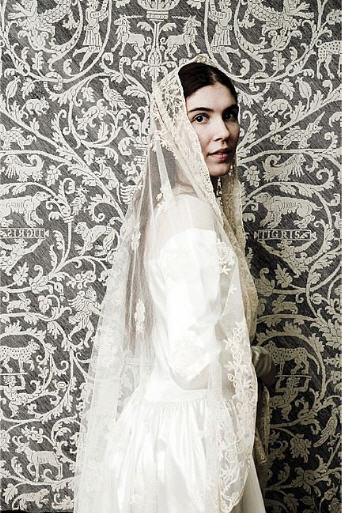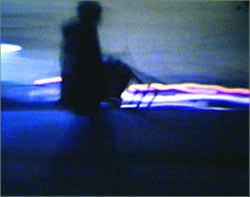Paul Schmelzer, as signed by Yoko Ono
Many years ago I had lunch with an 8-year-old named Spencer and his father, Ron. We were at an outdoor restaurant in Madison, Wisconsin, and one of that town’s favorite sons, jazz musician Ben Sidran, sat at a nearby table. Ron urged Spencer—who has Asberger’s Syndrome, a milder form of autism—to get Sidran’s autograph, and Sidran, accustomed to such requests, gladly obliged. But when he handed the autograph back to the boy, Spencer scolded,
“Not your name. Mine!”
After regaining his composure, the musician scribbled out his own name and rewrote the boy’s.
Four or five years ago, inspired by Spencer’s impromptu deconstruction of celebrity, I began asking artists, writers and political figures to sign my autograph, either in person or through letters.
Paul Schmelzer Signifier, signed..
Paul Schmelzer as signed by Annie Sprinkle
A simple enough premise, my intention was to both critique celebrity (what does it mean that Yoko Ono signed the name of a complete unknown? And is there any value to that signature?) and celebrate those who have shaped my beliefs, by either their positive or negative examples (Studs Terkel versus, say, rightwing musician Charlie Daniels).
I’ve pondered what these responses might mean to me (it’s zenlike, this repetition of my name; it’s egotistical; it’s a transfer of energy from those I respect to me; it's a bit like the mantra-like repetition of a graffiti writer's tag; it fits into an art historical context alongside explorations by Richard Prince, Bruce Conner, Alan Berliner, and others), but always return to this simple belief: the autographs stand alone and don’t need all this intellectual justification.
Paul Schmelzer as signed by Bruce Sterling
Paul Schmelzer as signed by Laurie Anderson
Paul Schmelzer as signed ("several times") by Henry Rollins
Paul Schmelzer as signed by Peter Bogdanovich
Paul Schmelzer as signed by Pat Buchanan
More than 70 celebrities so far have contributed to the project, and another 40 either didn’t understand it, and signed their own names.
Most of the signatures come as highrez pictures, ideal too sign your cheques :)
Signifier, signed..




















































